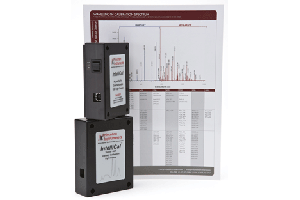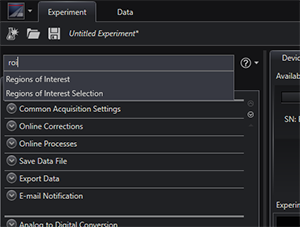
LightField® Software
LightField® software offers the user complete control over all Princeton Instrument cameras and spectrographs and is able to acquire directly from LabVIEW®, MATLAB®, and Python script interfaces.
LightField software contains a smart search bar, quickly directing you to desired controls. There is also the possibility to build custom settings docks for frequently used settings.
- Complete control of all Princeton Instruments’ cameras and spectrometers
- Built-in, smart math engine
- Post-processing tools
Key Features
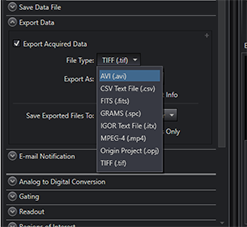
Automatic Saving
LightField automatically saves every acquisition to your chosen folder, keeping track of all experiment settings in the file header. Raw data is also saved when using the post-processing feature, exporting all data into a wide variety of file formats.
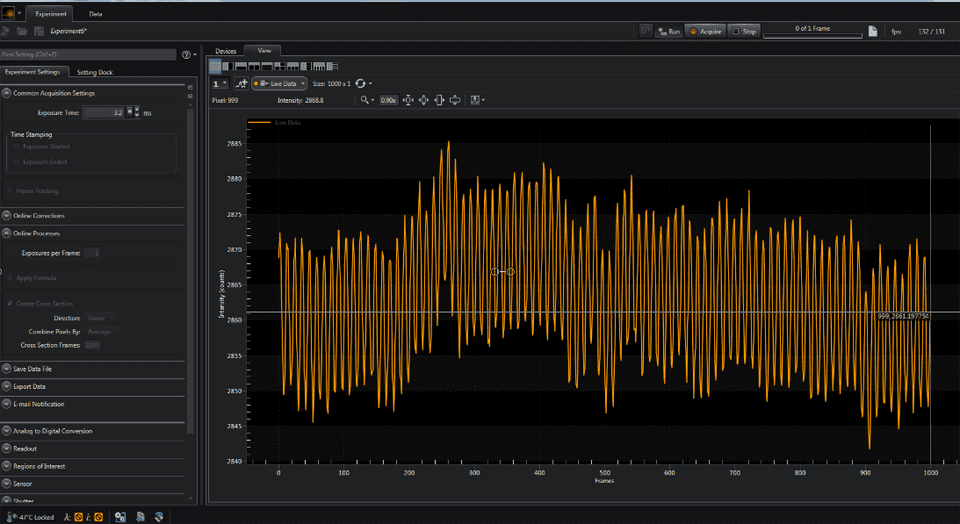
Built-In Math Engine
The powerful built-in math engine analyses image and spectra data in real-time. Simple functions to complex functions, such as Fast Fourier Transform (FFT), can be applied to live or post-acquisition data, even including out-of-the-box measurements such as absorption, reflectance, and transmission.
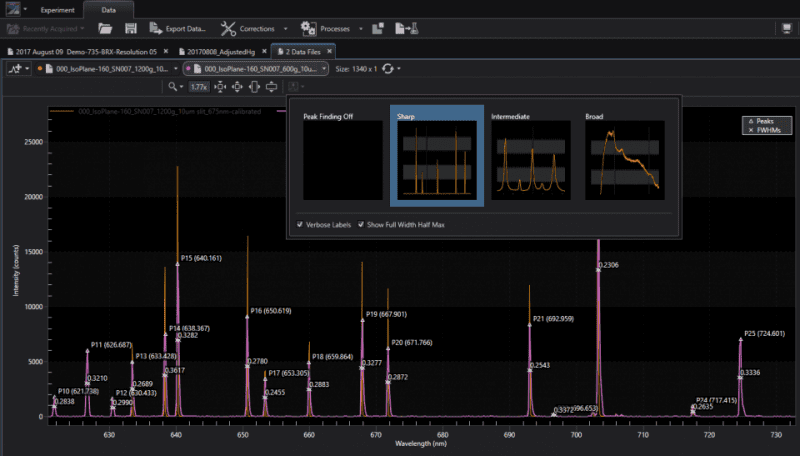
Post-Processing Tools
Reviewing of data is also simple with LightField, with intuitive controls for spectral overlay, peak find, view, and playback. All available readout modes are also supported: frame transfer, kinetics, spectra kinetics (microsecond time resolution), and custom chip (>10 kHz frame rates).

